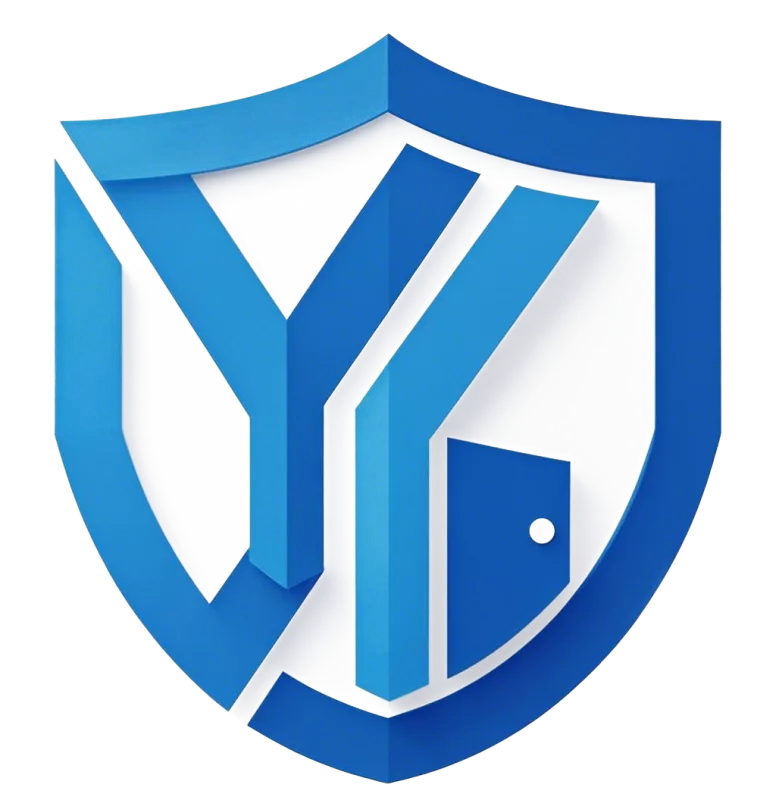China’s 2025 Fire Door Product Acceptance and 3C Certification Requirements Fire Door Product Acceptance In 2025, China’s fire door products must adhere to the 3C compulsory certification system. Fire door products, including those from any fire door manufacturer in China, must obtain certification and pass a comprehensive product inspection before production and sale. Without a […]
Tag Archives: Fire Door Product Acceptance
Fire Door Product Acceptance: Ensuring Safety and Compliance in Modern Construction
Introduction: Why Fire Door Acceptance Matters
Fire door product acceptance is the final step before installation and use, ensuring the doors meet regulatory, safety, and performance standards. For building owners, contractors, and real estate developers, a door that passes acceptance is not just a formality—it is proof that the investment guarantees life safety and legal compliance.
YK Door Industry, a leading fire door manufacturer in Asia, has supported projects across hospitals, residential complexes, and commercial buildings, ensuring every product delivered successfully passes acceptance inspections.
Key Elements of Fire Door Acceptance
Acceptance involves more than visual checks. Authorities, project managers, and third-party inspectors typically review:
-
Certification Documents: UL, CE, BS, or China’s 3C certification.
-
Physical Quality: No deformation, corrosion, or surface defects.
-
Hardware and Seals: Hinges, closers, locks, and smoke seals must be tested.
-
Fire Resistance Testing: Doors must match the fire rating specified in project design, such as 60, 90, or 120 minutes.
Example: In a recent project in Guangzhou, YK supplied Class B wooden fire doors for a university dormitory. Acceptance included both a document review and on-site testing of closers and seals, all of which passed without issue.
Regional and International Acceptance Standards
Each country applies its own acceptance framework, but most share common ground:
-
United States (NFPA & UL): Acceptance requires documented UL listing and field inspection by fire marshals.
-
Europe (EN Standards): EN 1634 fire tests and EN 16034 certification are checked before final handover.
-
China (GB Standards): Mandatory 3C certification plus inspection reports from accredited labs.
Case Example: YK’s steel fire doors were supplied to an industrial warehouse in Poland. Local inspectors required EN 16034 documents and tested sample units before issuing an acceptance certificate.
Practical Acceptance Testing on Construction Sites
Acceptance is not theoretical. Inspectors often perform site-level checks such as:
-
Confirming the installation direction matches evacuation design.
-
Testing self-closing mechanisms multiple times.
-
Inspecting whether gap tolerances align with the standard (often less than 4mm).
-
Reviewing labelling and certification marks fixed on the door leaf.
Example: In a Dubai shopping mall, YK provided 90-minute fire-rated exit doors. During acceptance, inspectors tested panic bars and door closers under simulated evacuation. The project passed, gaining immediate approval from local Civil Defense.
Challenges in Fire Door Product Acceptance
While standards are clear, some issues often delay approval:
-
Incomplete Certification: Missing test reports or expired certificates.
-
Improper Installation: Even certified doors fail acceptance if installed incorrectly.
-
Unapproved Modifications: Contractors sometimes drill holes or adjust hardware, invalidating the certification.
YK has addressed such issues by training installers on-site. For example, in a Nairobi hospital project, YK engineers supervised the installation to ensure all 3C-certified wooden doors passed acceptance the first time.
The Role of Manufacturers in Smooth Acceptance
For distributors, contractors, and property developers, working with an experienced supplier like YK Door Industry reduces risks. YK provides:
-
Complete certification packages (UL, CE, BS, 3C).
-
On-site technical guidance during acceptance inspections.
-
After-sales service, ensuring long-term compliance and reducing liability.
This proactive approach minimizes delays and avoids costly re-inspections.
Summary Table: Key Aspects of Fire Door Product Acceptance
| Aspect | Acceptance Requirement | YK Door Industry Example |
|---|---|---|
| Certification | UL, CE, BS, or 3C documents must be valid | EN 16034-certified steel doors for Poland |
| Fire Resistance | Must match project design (60–120 minutes) | 90-minute fire exit doors in Dubai mall |
| Hardware & Seals | Hinges, closers, panic bars tested on-site | University dorm project in Guangzhou |
| Installation Quality | Gap tolerance, swing direction, self-closing | Nairobi hospital supervised installation |
| Labelling & Marking | Permanent certification marks required | YK factory supplies pre-labelled fire doors |
FAQ (For Distributors, Developers, and Contractors)
Q1: What documents are necessary for fire door acceptance?
You need certificates, test reports, and compliance labels. YK provides a full documentation package with every shipment.
Q2: How can contractors ensure smooth acceptance?
Follow installation manuals carefully, avoid unauthorized modifications, and request manufacturer guidance during inspection.
Q3: Why do real estate developers care about acceptance?
Projects cannot obtain occupancy permits without passing fire door acceptance. Certified fire doors also boost property value and tenant trust.
Q4: Can distributors face problems if doors fail acceptance?
Yes. Delayed approvals increase costs and damage reputation. Choosing a manufacturer like YK, with internationally tested products, minimizes these risks.
